Mie's Unmissable Festival: the Ueno Tenjin Matsuri
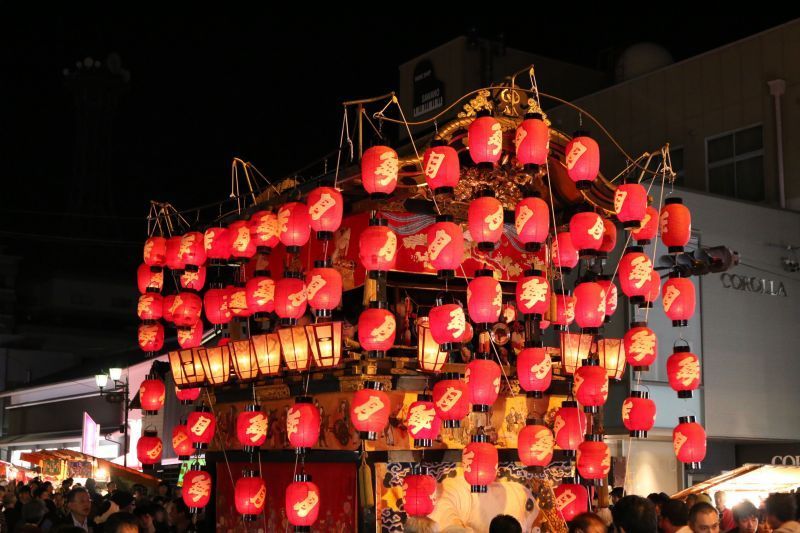
In late October, the usual calm of Iga City in Mie Prefecture is suddenly shattered by the pounding of taiko drums, blazing lanterns, and oni (demons) processions. What's going on? It's the Ueno Tenjin Festival, the crown jewel in the pantheon of this town's cultural riches, a one-of-a-kind experience in the shadow of a towering castle.
Written by Ren Wong
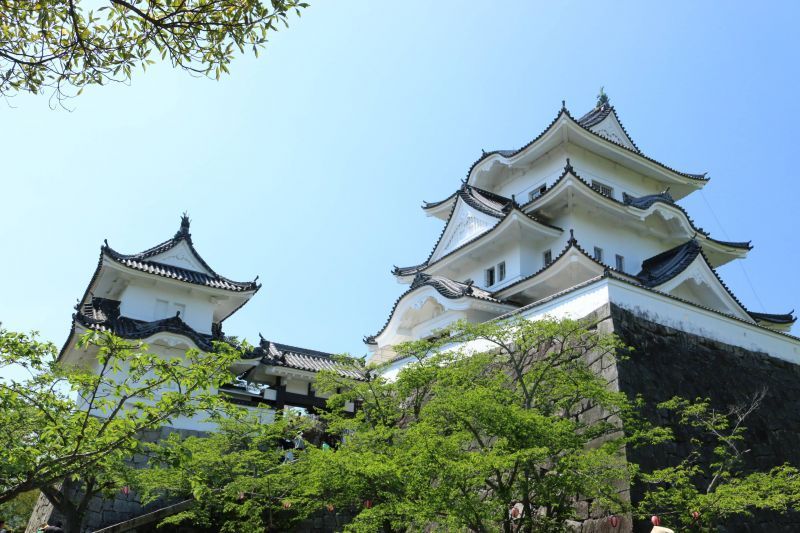
Iga City, a castle town and also known as the legendary birthplace of ninjutsu, is set in the foothills of western Mie. In the center, the majestic Iga Ueno Castle towers over the surrounding town on 30-meter stone walls. In this historic setting, the Ueno Tenjin Festival, which has captivated crowds for more than four centuries, will take place over the three days of Friday, Saturday and Sunday, just before October 25.
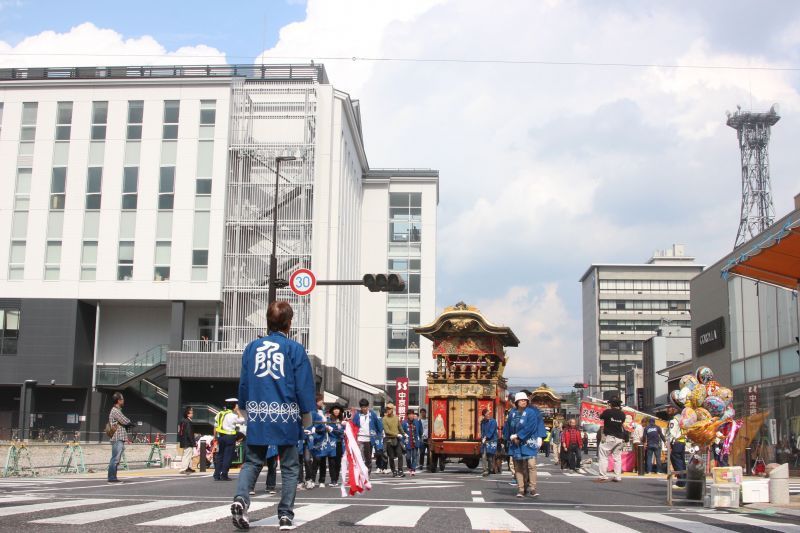
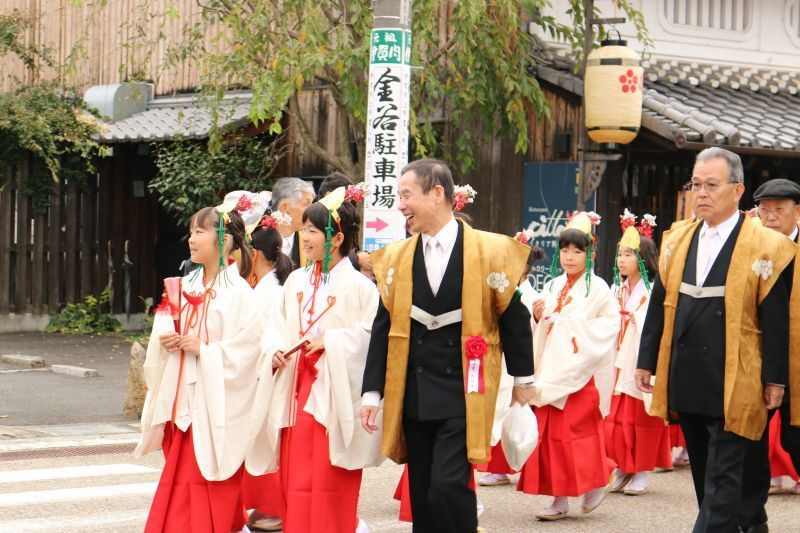
It began as a prayer to prevent epidemics and thank the gods for a successful harvest. Though the date of origin is unknown, after being suspended it was restarted in 1660. Though coming to incorporate elements of Kyoto's Gion Festival, it has evolved as something entirely unique and was designated as one of Japan's Intangible Folk Cultural Properties in 2002. Also, it was registered as a UNESCO Intangible Cultural Heritage in 2016.
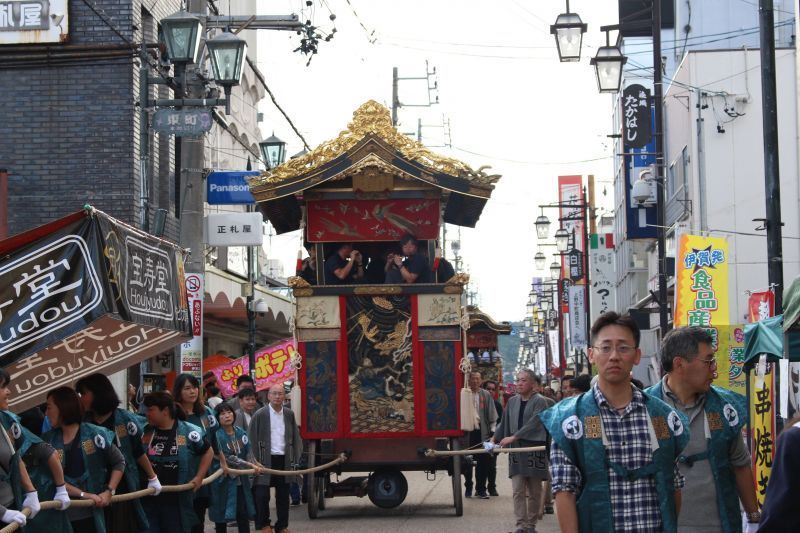
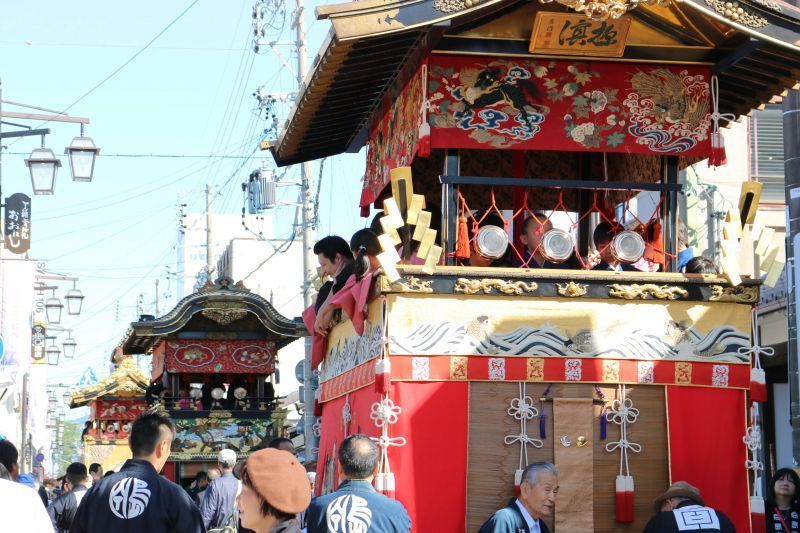
The first day belongs to the danjiri. These heavy, multi-level structures are set on four wooden wheels, pulled by a team of 20-30 people, each managed by one of Iga City's nine central neighborhoods. Live music is played by flutists and percussionists on the upper floor of danjiri. Though the underlying melody is based on the traditional festival music called Gion Hayashi, each Iga neighborhood also plays its own tune.
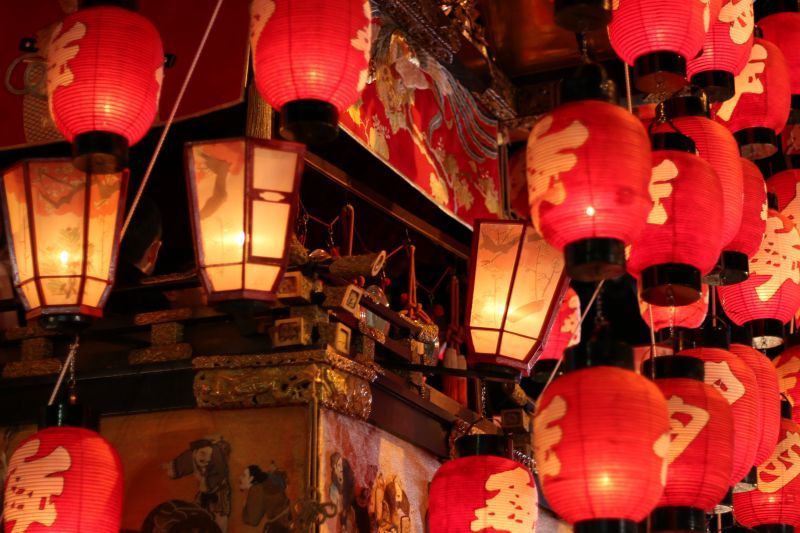
The danjiri are works of art, cloaked in luxurious tapestries, with lacquered wood and gold leaf that shimmers in the crisp autumn air. From around 6 p.m. their crown of lanterns shakes and ignites to light up the evening crowd. As these structures turn the corner, the rear wheels are pushed up by a special vise at the bottom of the structure, and the direction is changed by the three wheels. This is a feat of ancient engineering requiring coordination by the entire team.
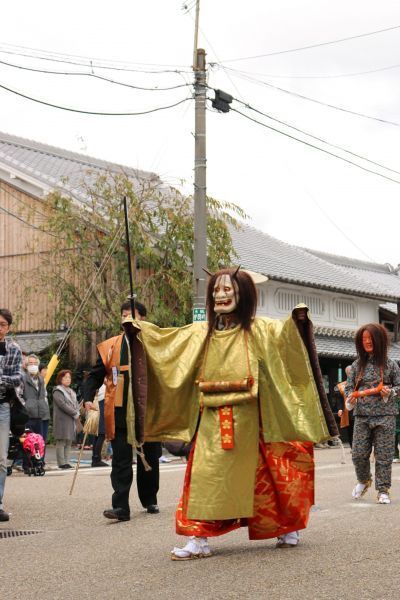
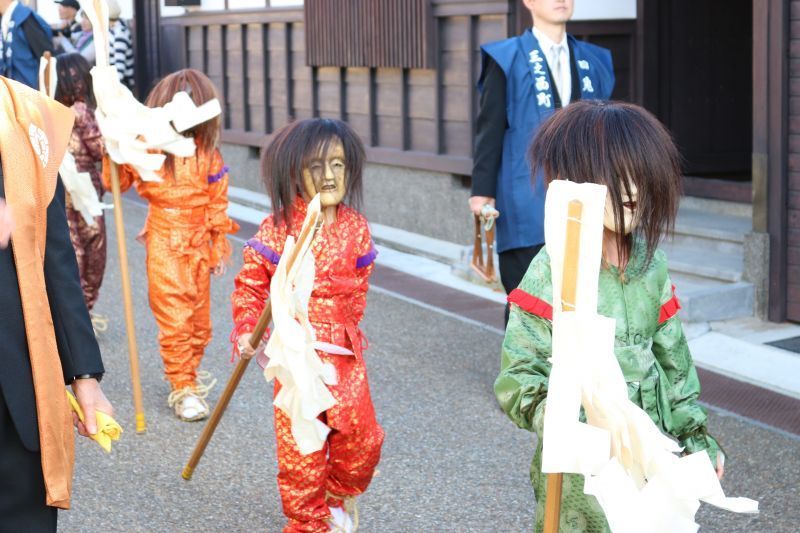
On the second day danjiri are joined by demons, called "Oni." From 2 p.m. to 4 p.m. a parade of frightful figures walks down Sannomachi-suji Street to the rhythms of conch shells and taiko drums, a sight seen nowhere else in Japan. Each demon wears its own unique costume and exquisitely crafted mask with expressions from frightening to calm. Though replicas are used in the parade, the originals are exhibited at various places during the festival season. Many masks date from the 16th century and are now registered as Cultural Properties of Mie Prefecture.
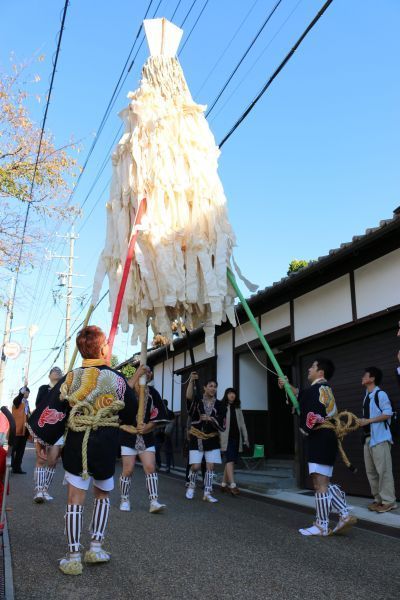
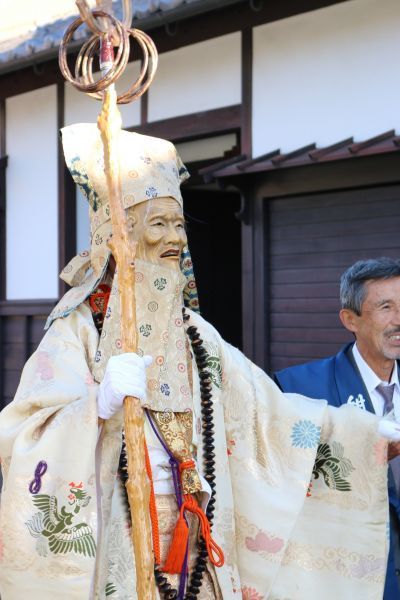
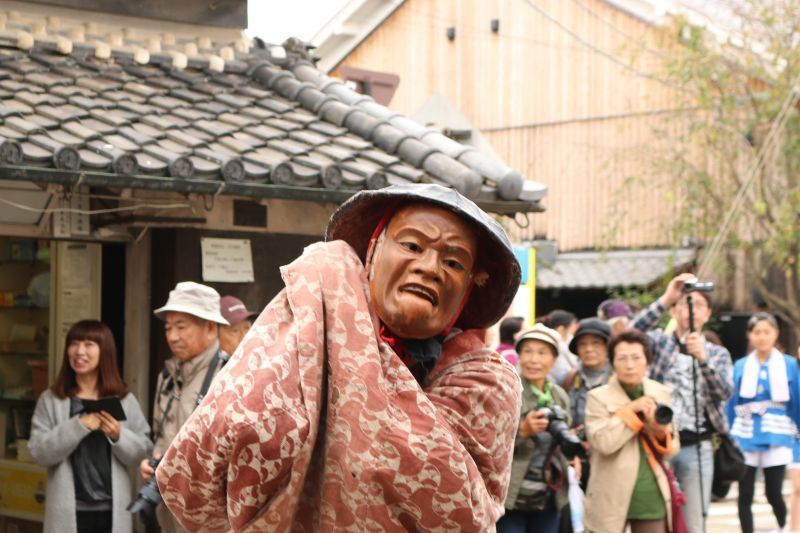
The demon procession is led by a type of flag bearer holding up ogohei (tall staffs trailing white paper streamers), as taiko drums pound a beat to the march from the back. Akki is the demon leader, joined by En no Gyoja, the spiritual father of ninjutsu, followed by hyorotsuki or "staggering" demons who approach children, making them cry out. As night falls, the danjiri lanterns are lit, setting the night ablaze, as the four danjiri move towards the Ueno Tenjingu Shrine.
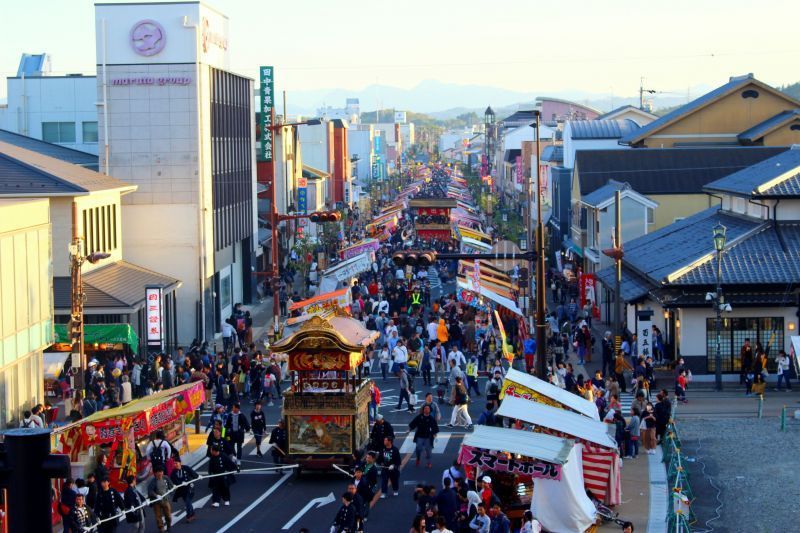
The final day belongs to a parade of ornate portable Shinto shrines called mikoshi, oni and danjiri. Beginning at around 9 a.m., the mikoshi are hefted on the shoulders of townspeople who chant as they carry the heavy sacred structures through the streets all day. The mikoshi parade is joined by the demon troupe and nine gorgeous danjiri in a lively, flamboyant, musical climax.
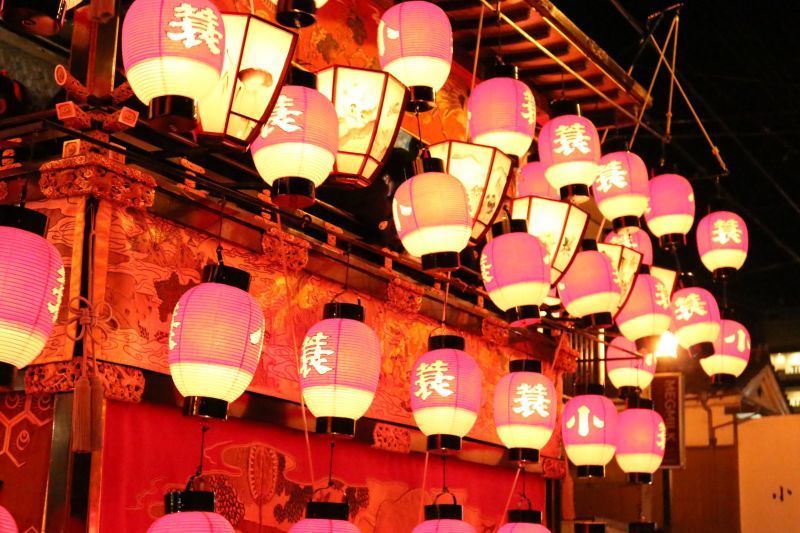
This year (2021) the festival was scheduled from October 22 to 24, but the demon procession and danjiri parade were canceled due to the coronavirus situation, and only the exhibition was held from October 23 to 24. Hopefully this article has given a glimpse of a rare, otherworld-like experience.
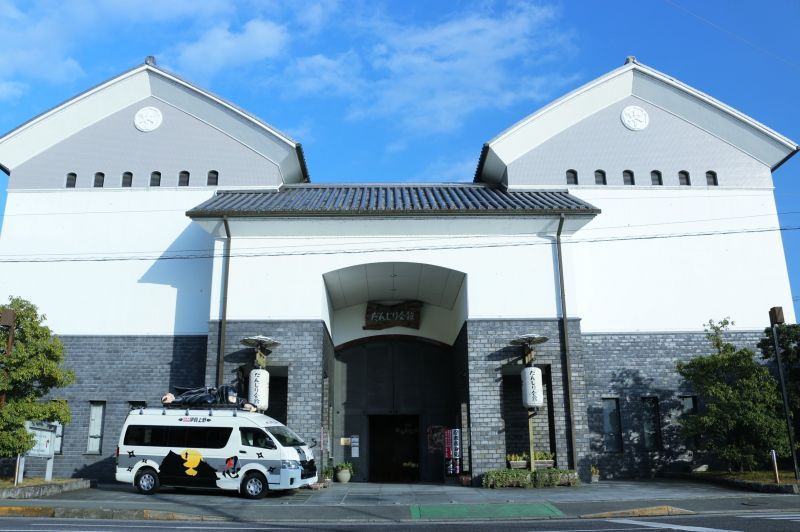
The event can also be experienced at the "Danjiri Kaikan" where festival danjiri and the demon procession are exhibited, accompanied by high-definition video. The Iga Ueno Tourist Information Center offers more information about the festival as well as other attractions in the astonishingly rich cultural heritage of this castle town, including the Iga-ryu Ninja Museum, Iga Ueno Castle, the famous haiku poet Matsuo Basho who was born in Iga, and the village of rustic pottery "Iga-ware."